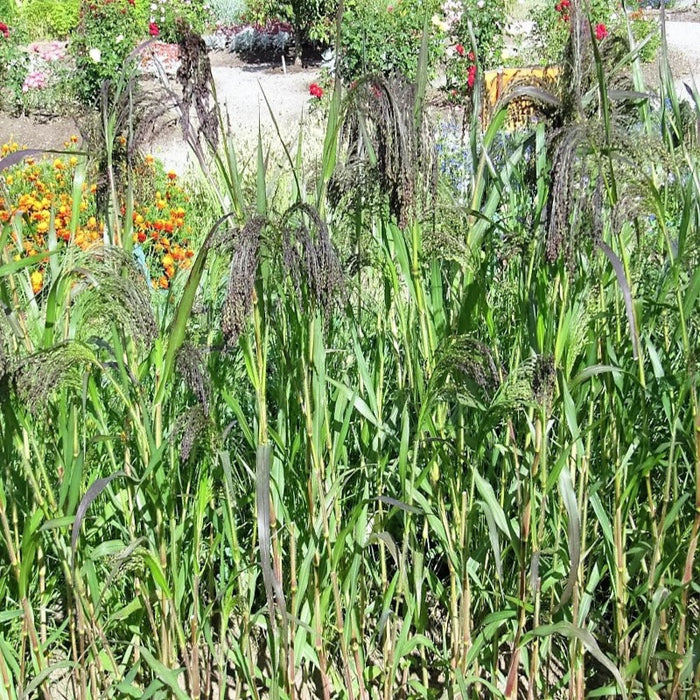
Panic Grass Millet Seeds
Save 50%
Original price
$10.00
Original price
$10.00
-
Original price
$10.00
Original price
$10.00
Current price
$4.99
$4.99
-
$4.99
Current price
$4.99
Immerse yourself in the elegance of Panic Grass Millet Seeds. Create a garden filled with the richness of violet plumes, elevating biodiversity, and enhancing the overall fitness of your outdoor sanctuary. This ornamental grass variety swears a stunning display of violet plumes that add a touch of vibrancy to your outdoor space.
Features:
- Fine Quality: Ensures a garden display that exceeds expectations.
- Architectural Finesse: Adds a sculptural element to your landscape.
- Low Water Needs: Well-suited for water-conscious and sustainable gardening.
Details:
- Color: Purple
- Plant Seeds: When soil temperature warms to 65 - 70°F
- Bloom Time: Early Summer - Fall
- Hardiness Zone: Annual
- Plant Height: 30 inches
- Plant Spacing: 16 inches
- Light Requirements: Sun - Part Shade
- Soil & Water Preferences: Average
- Quantity: 30 Seeds


